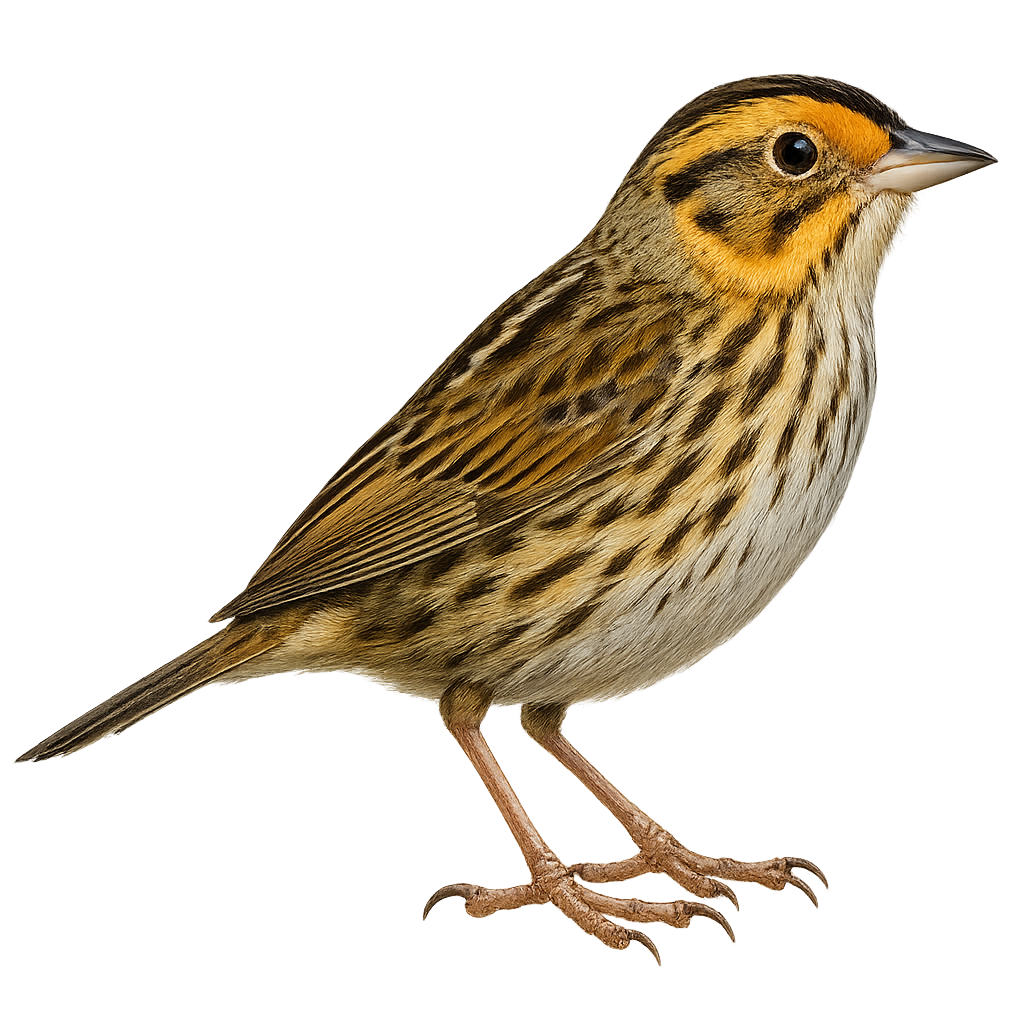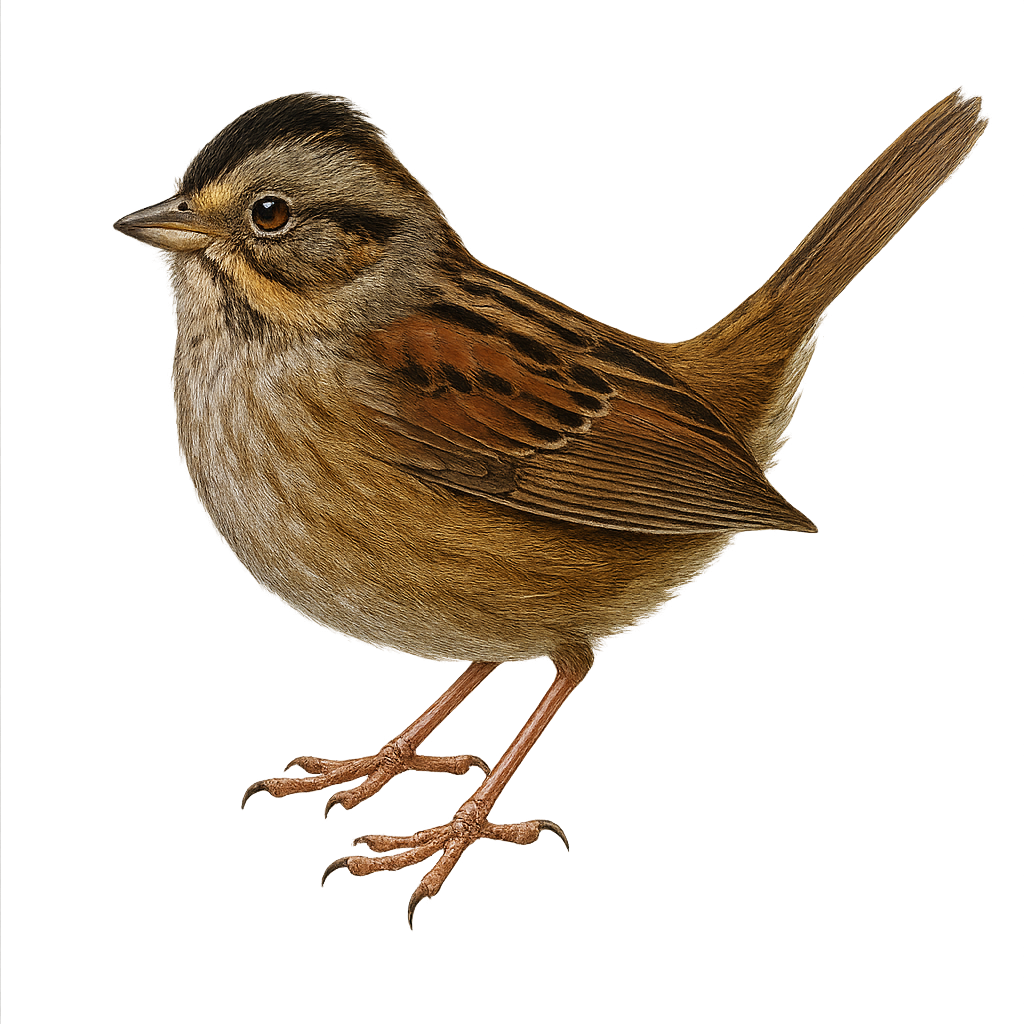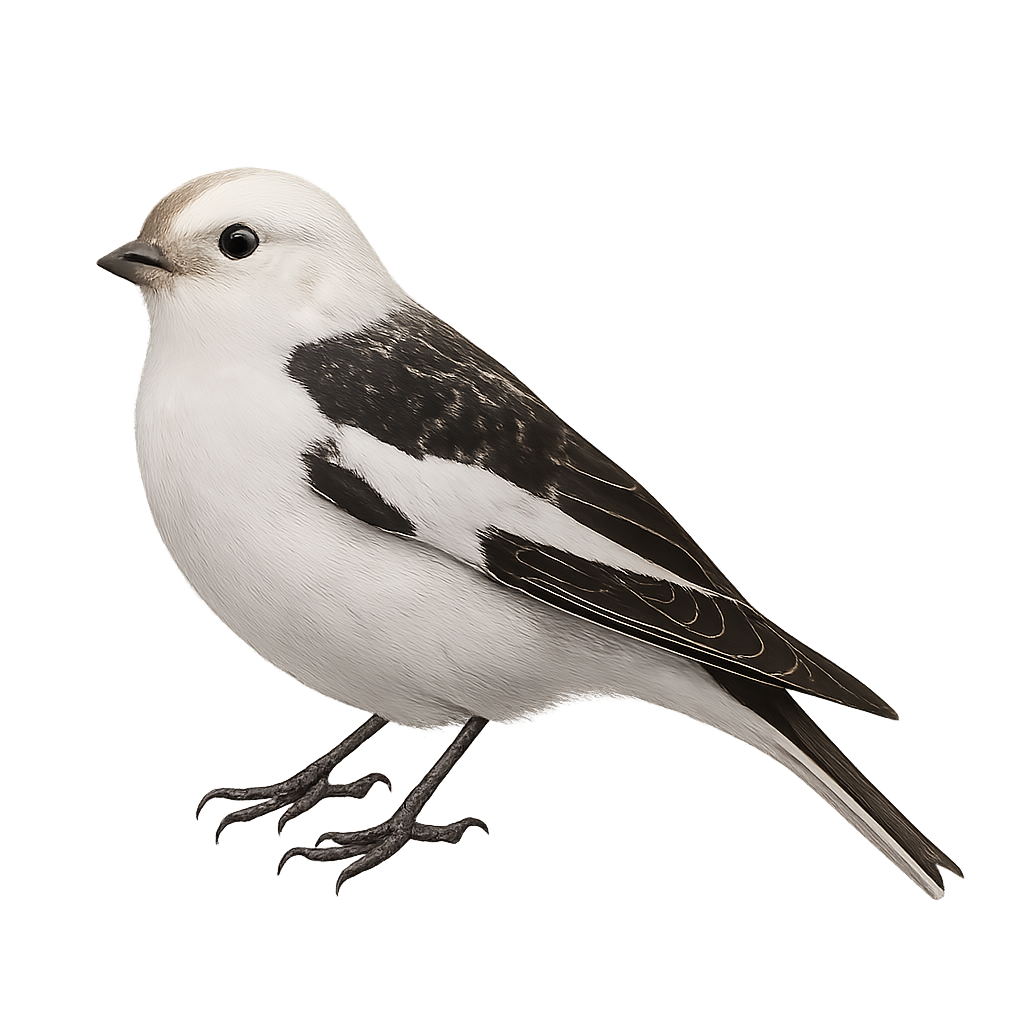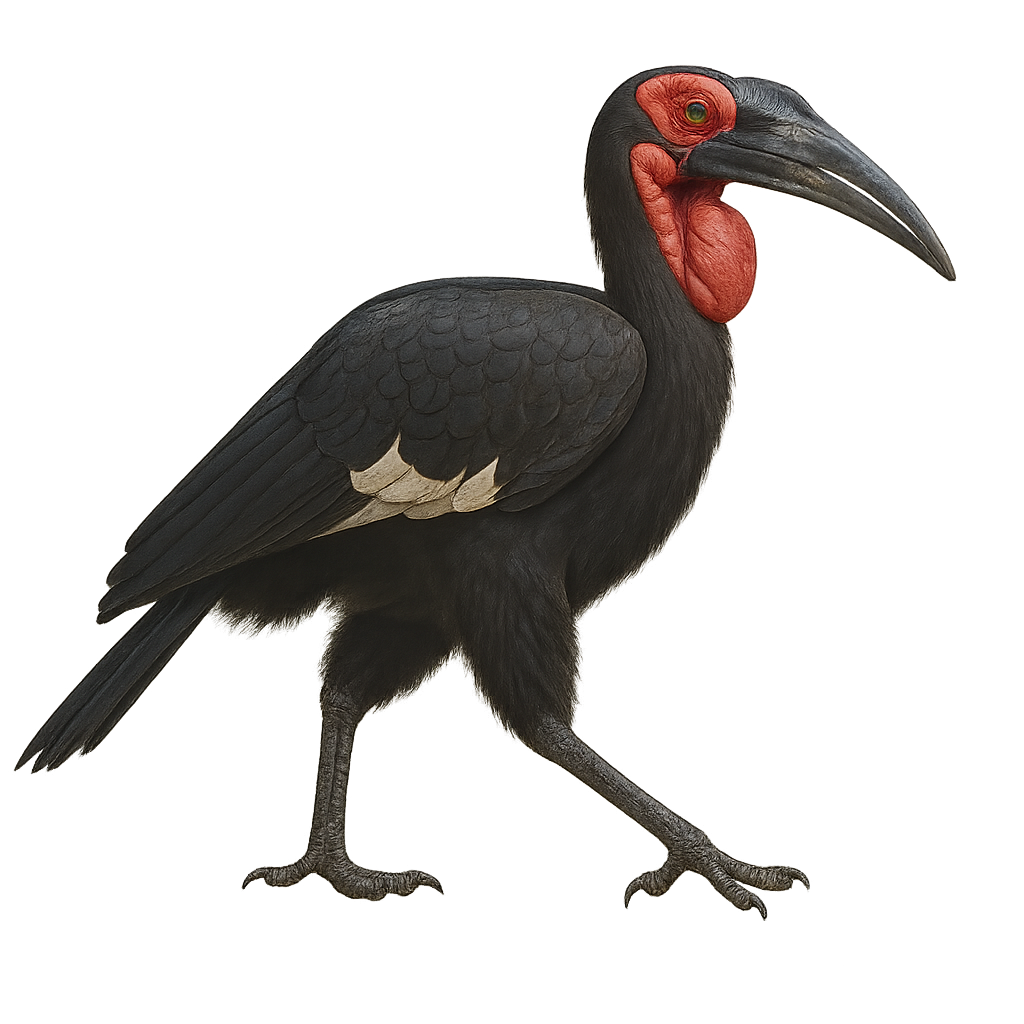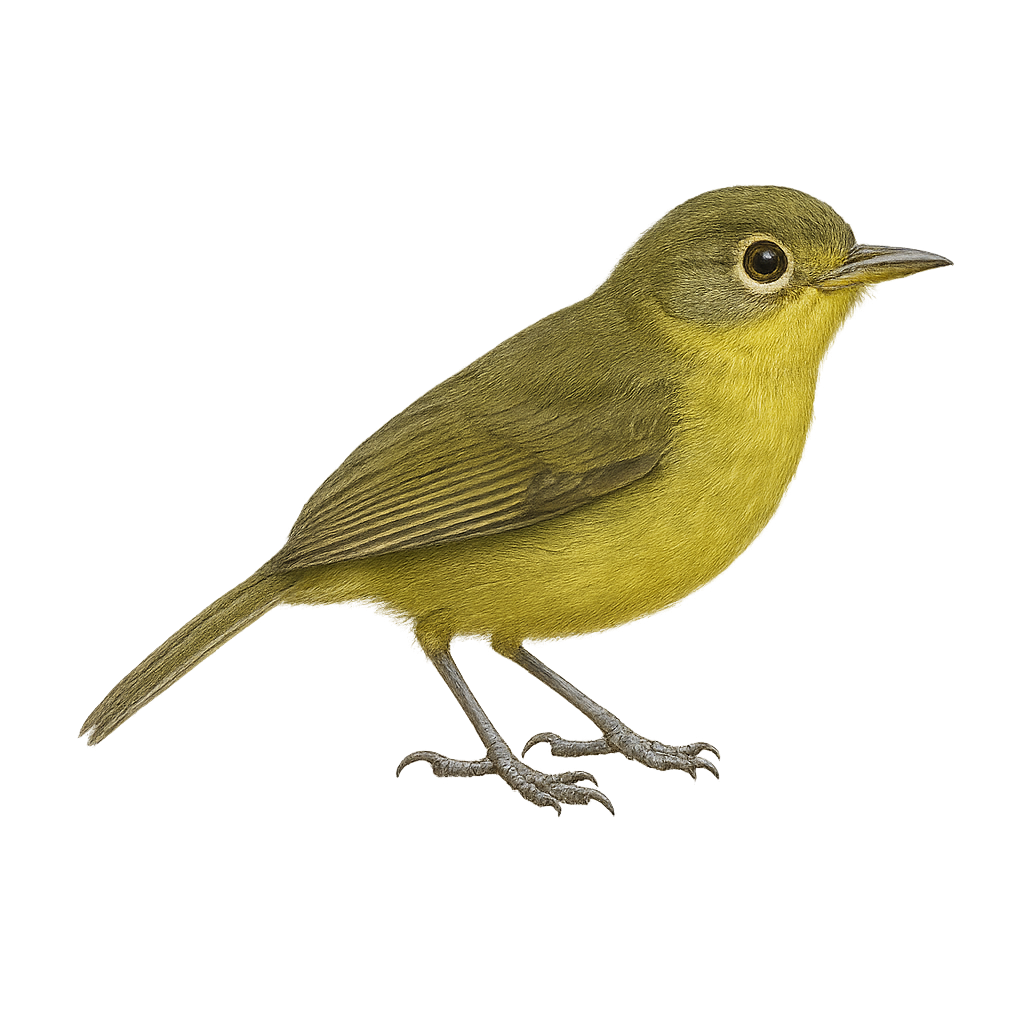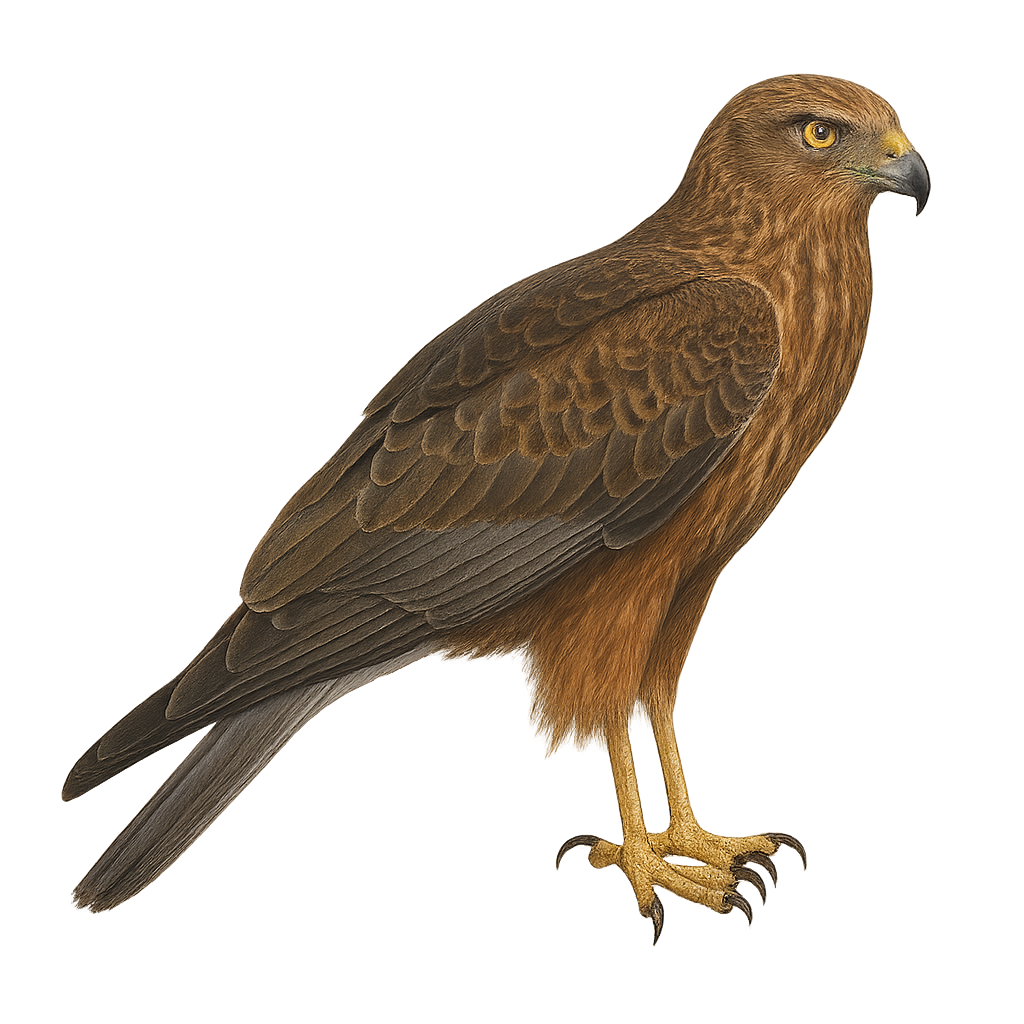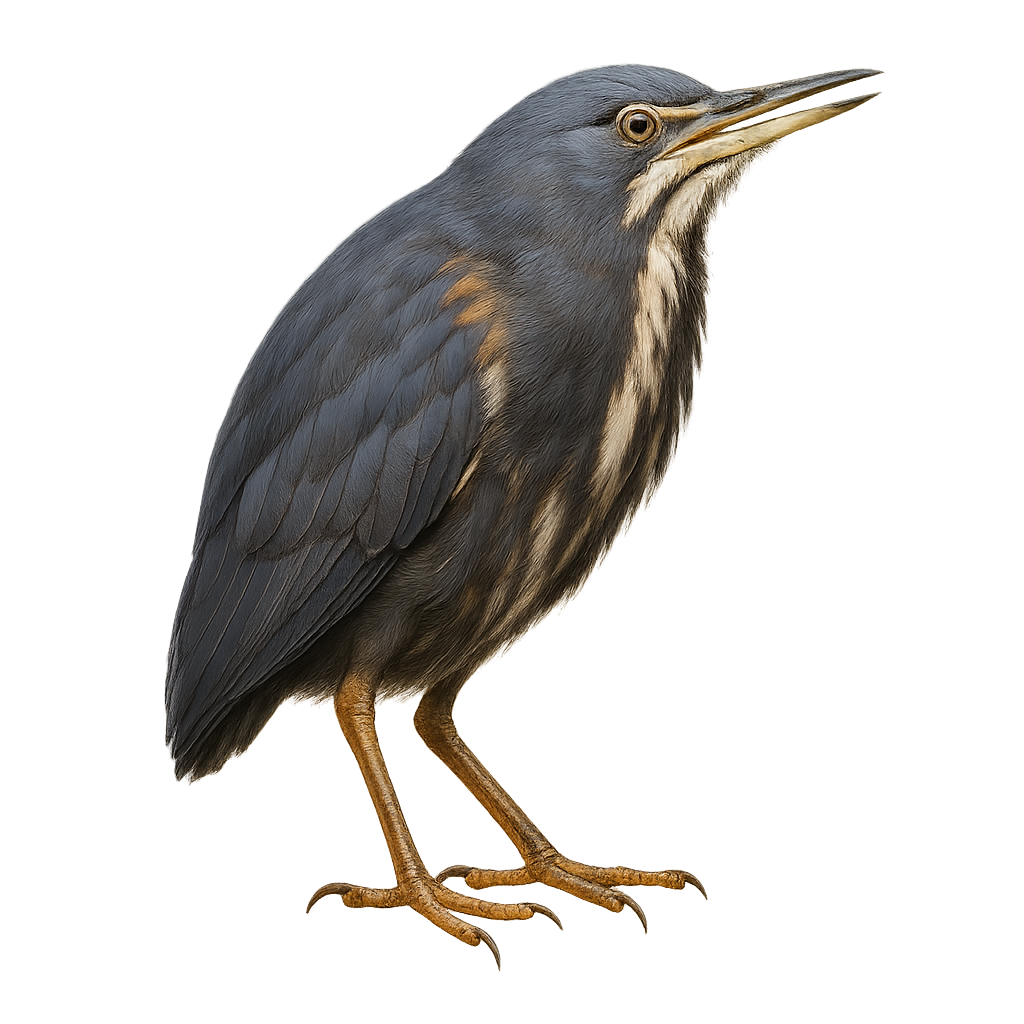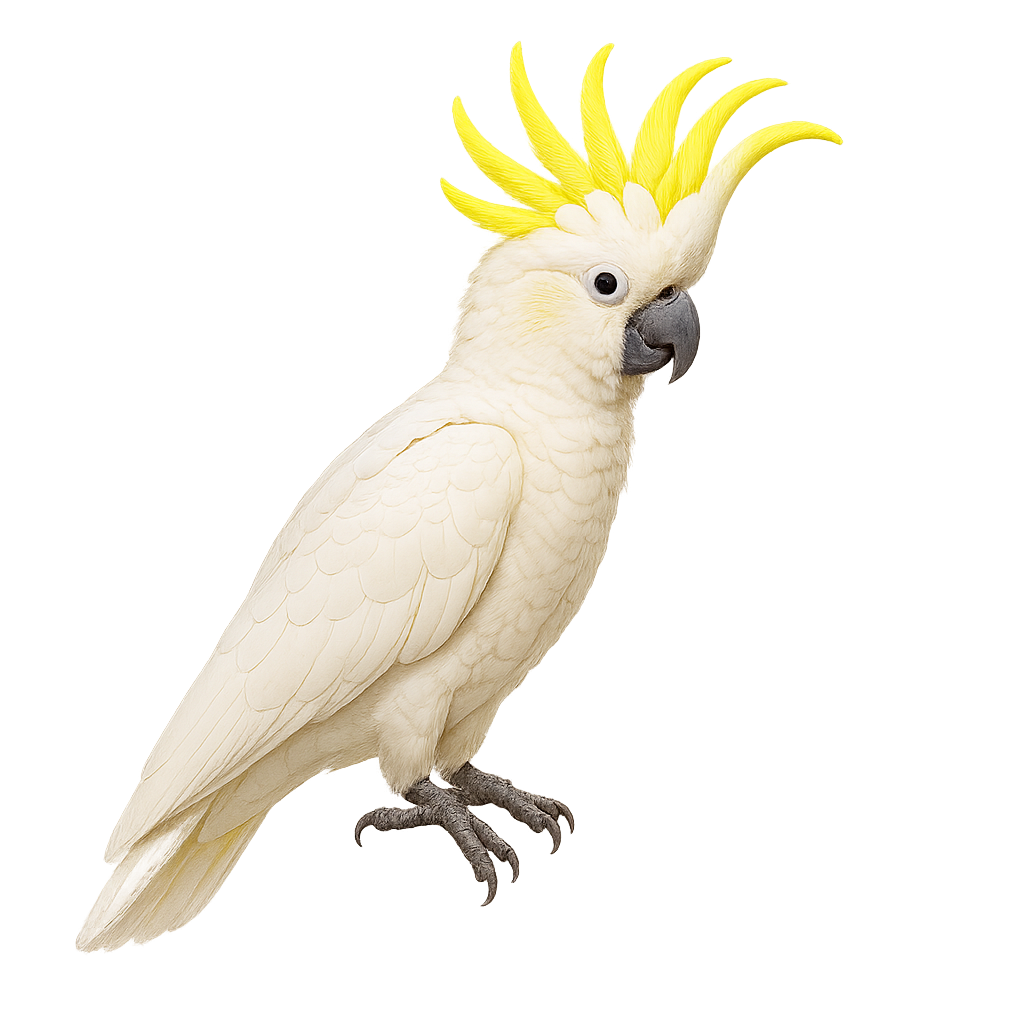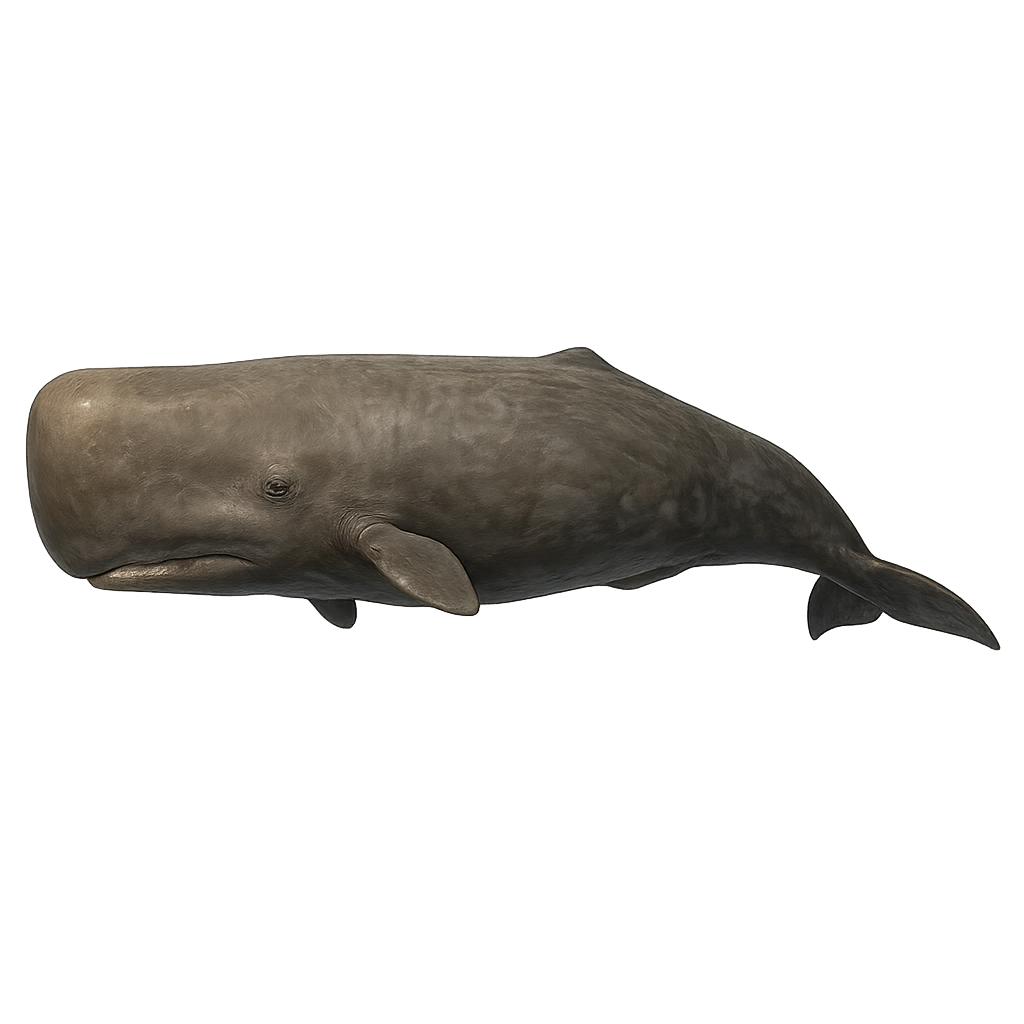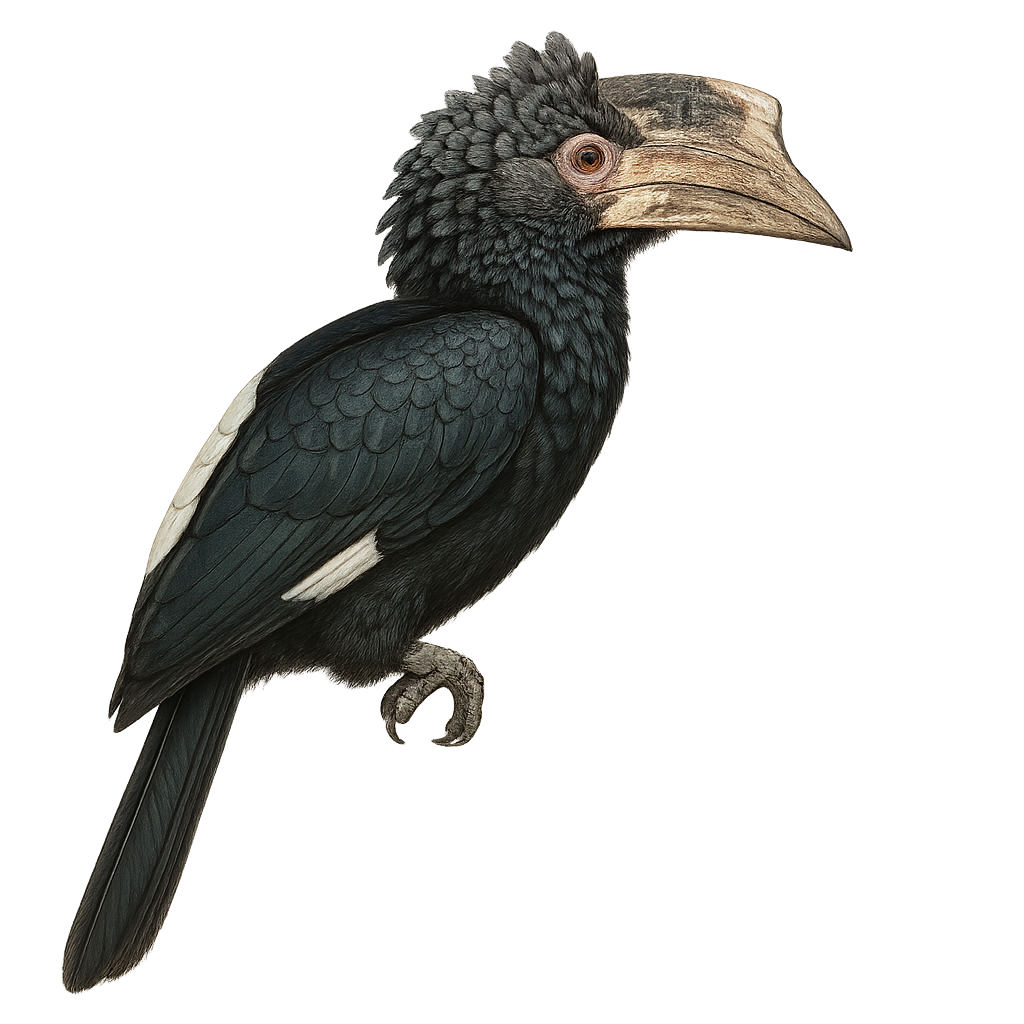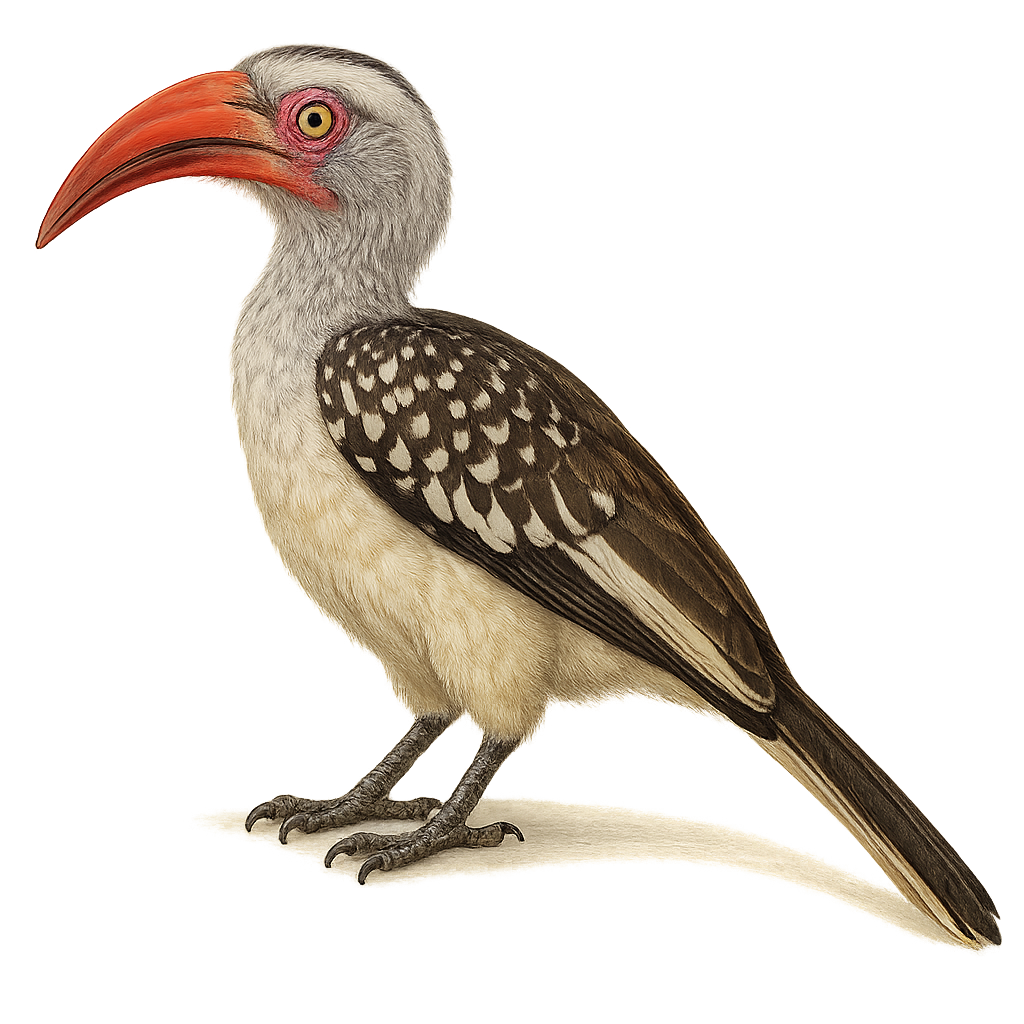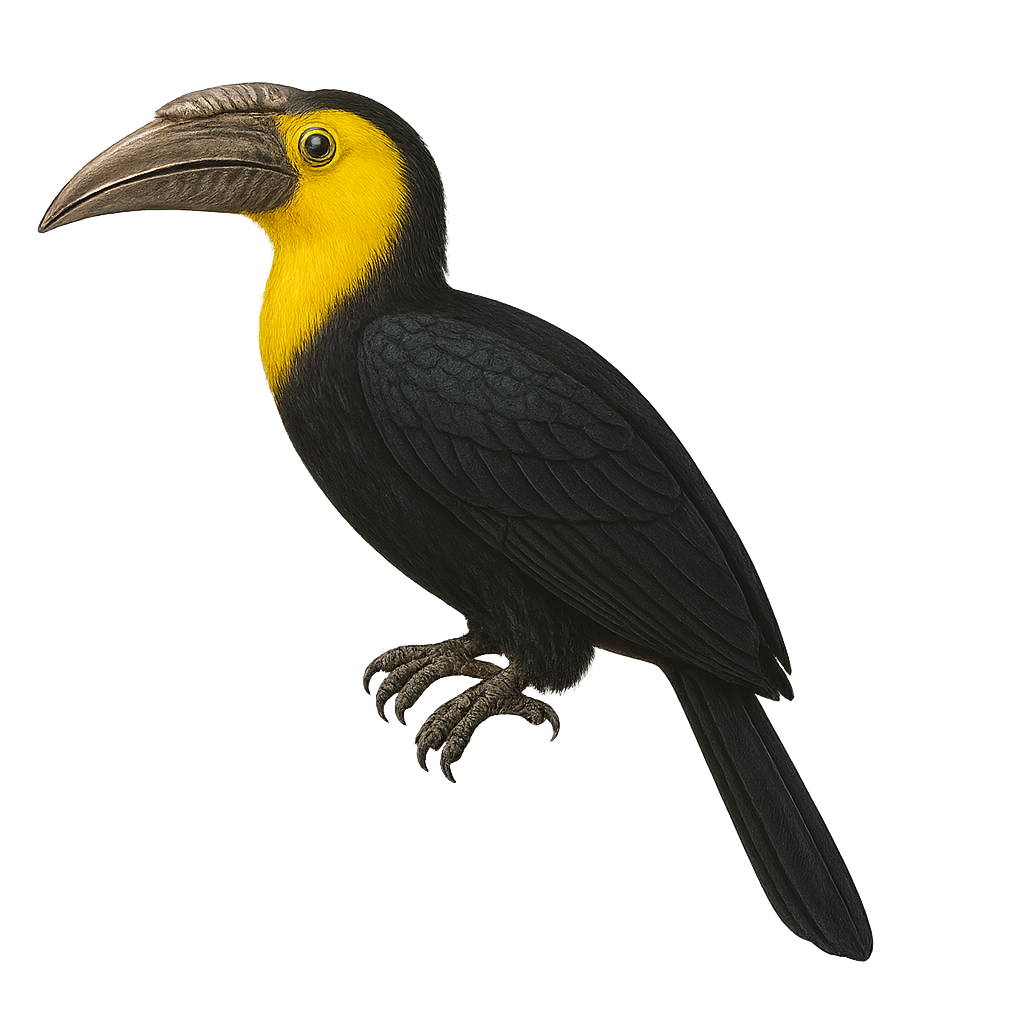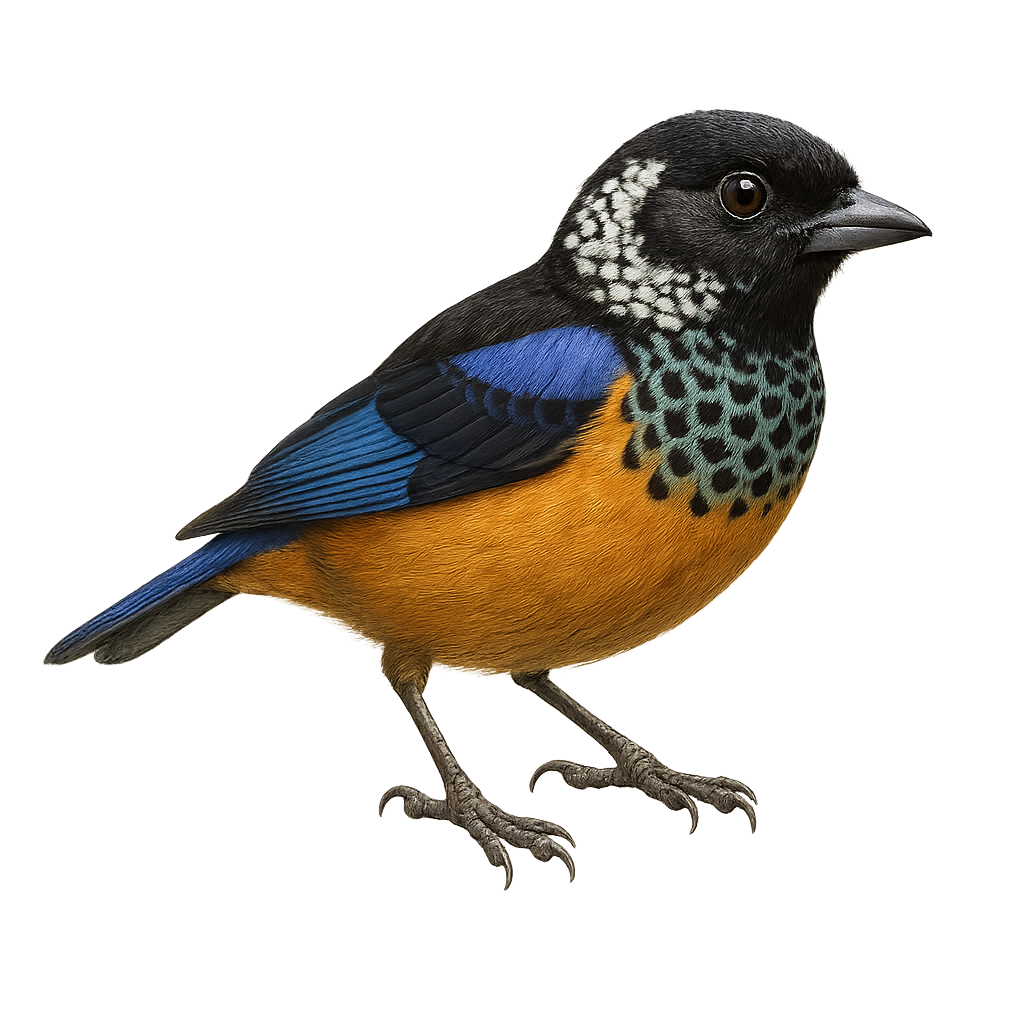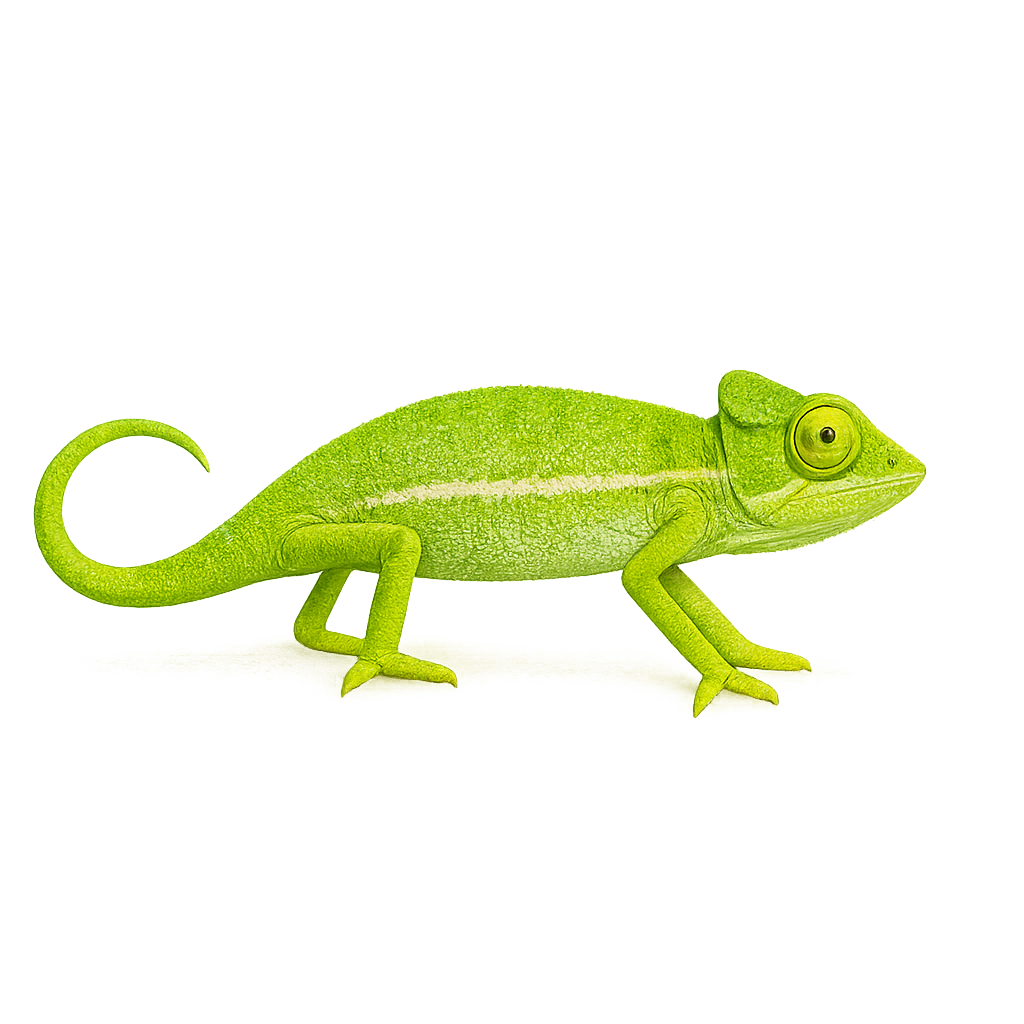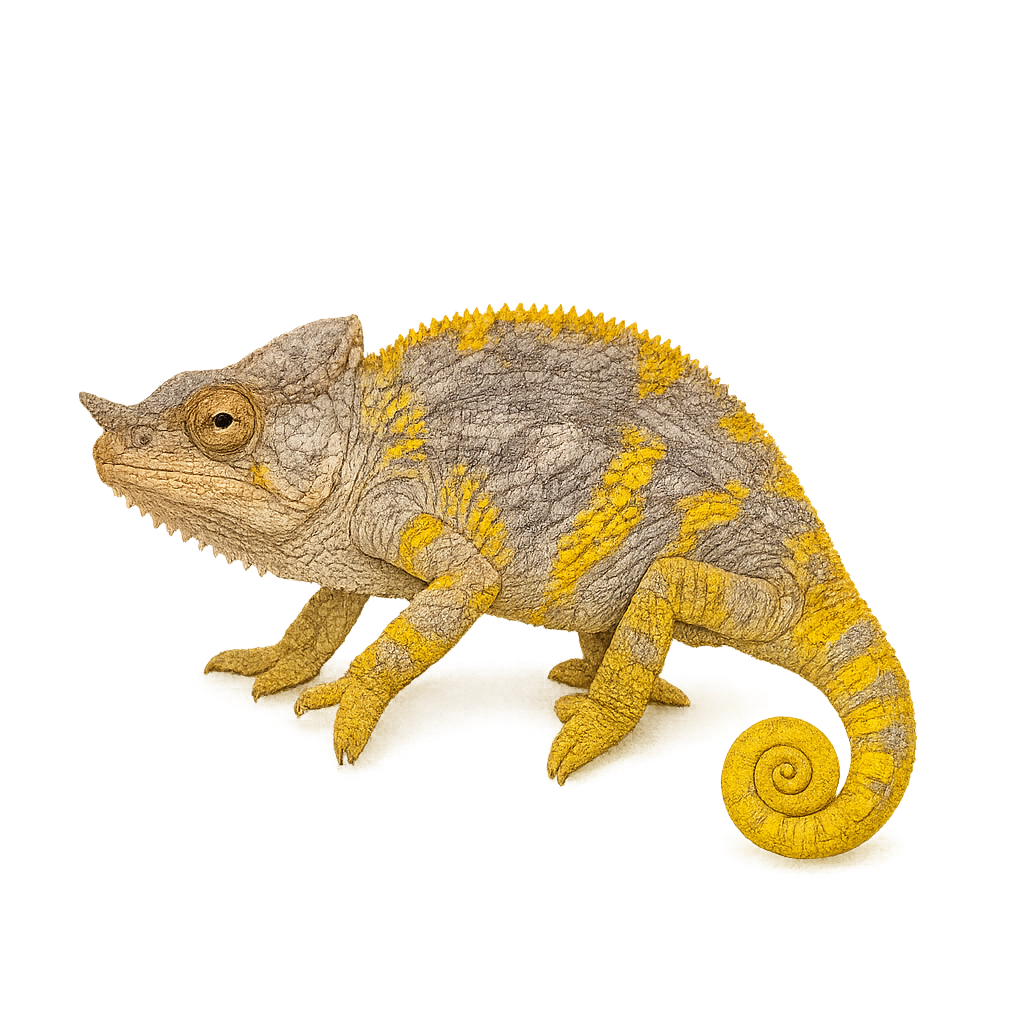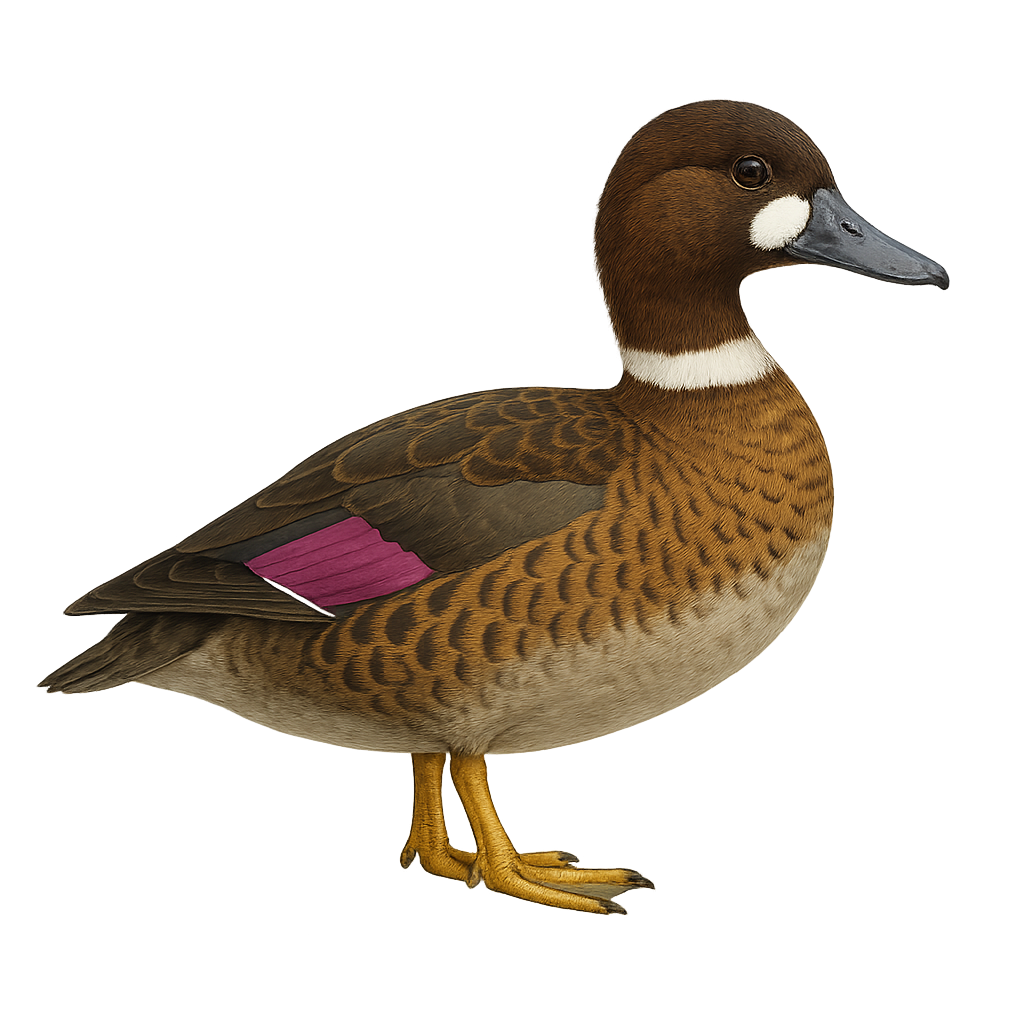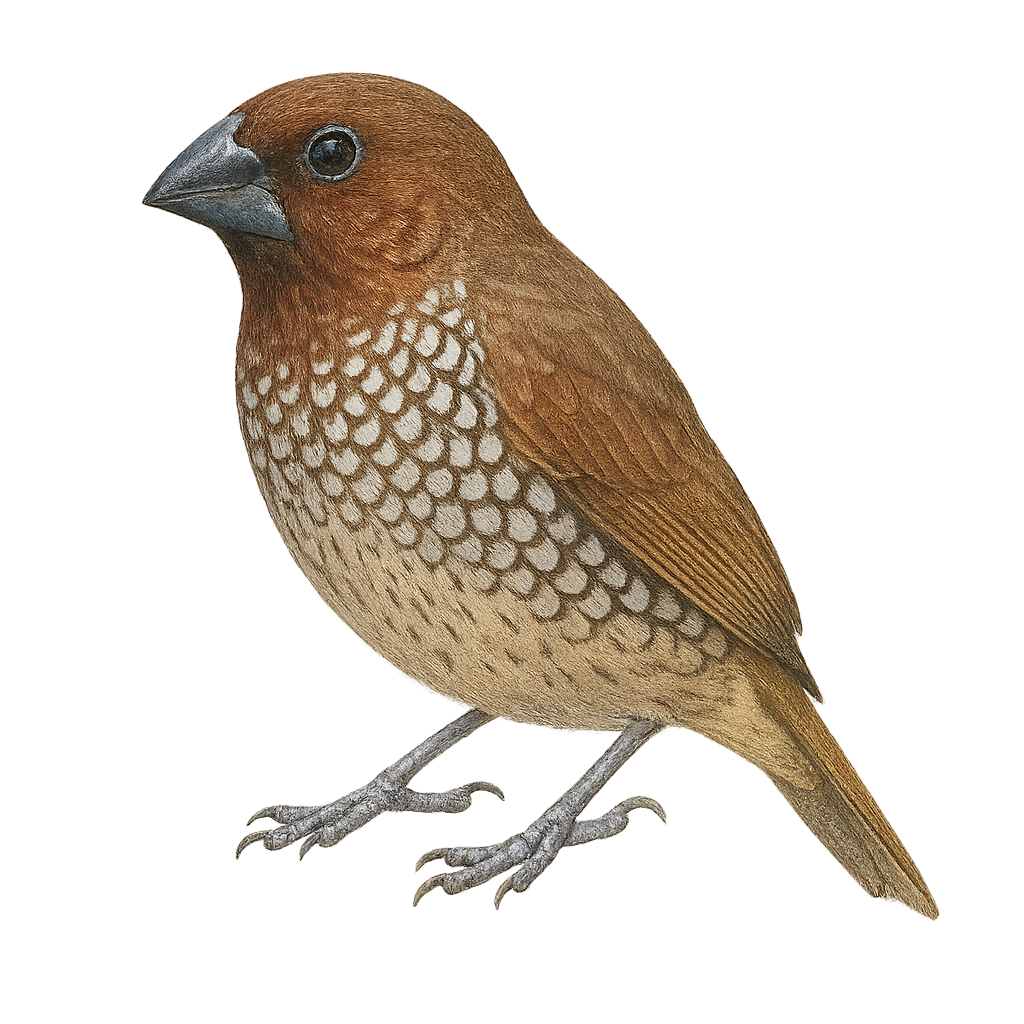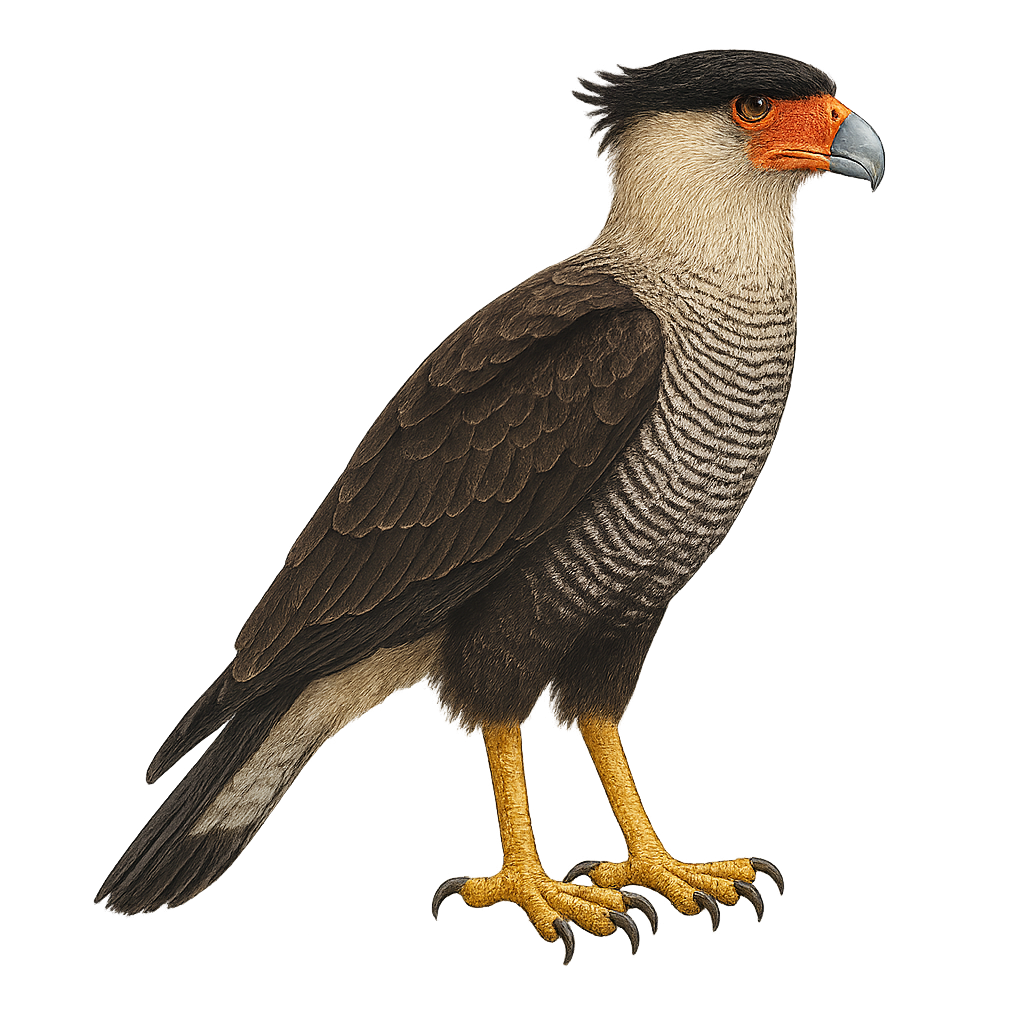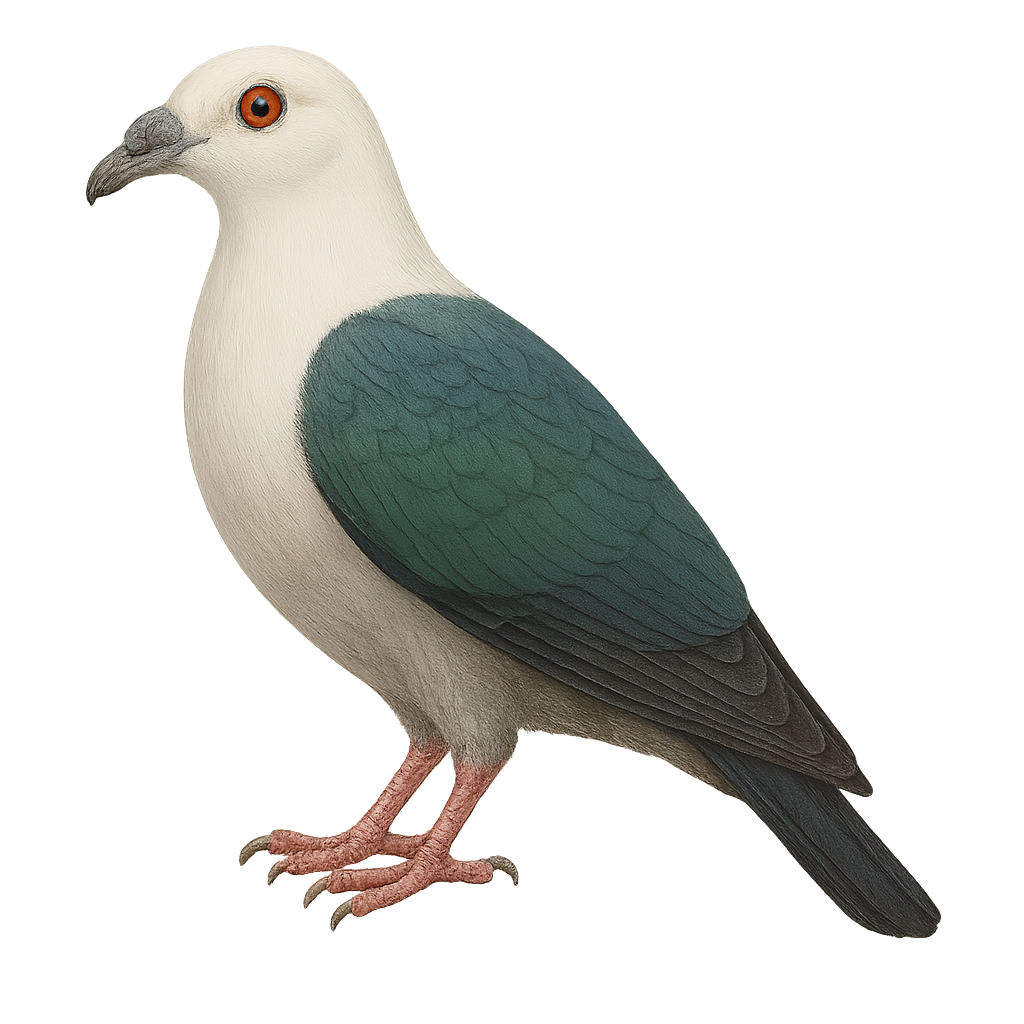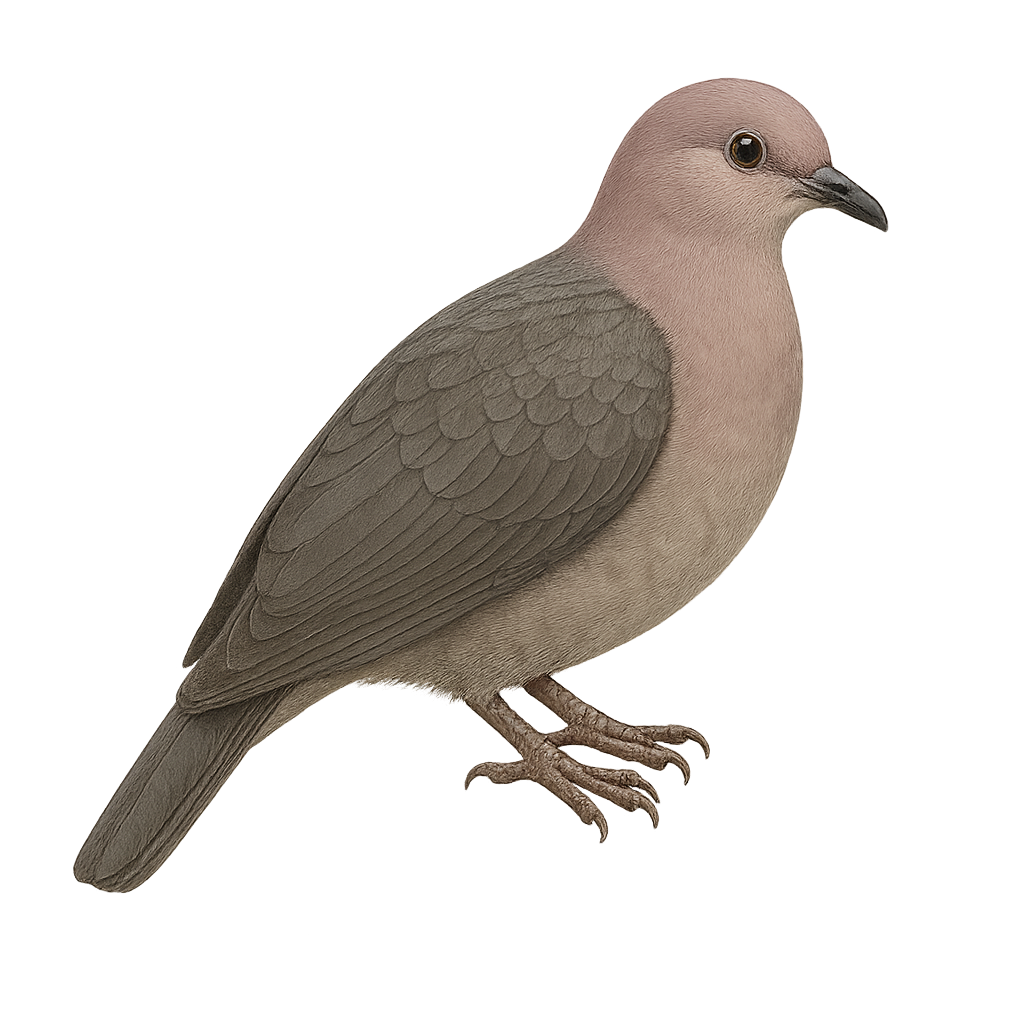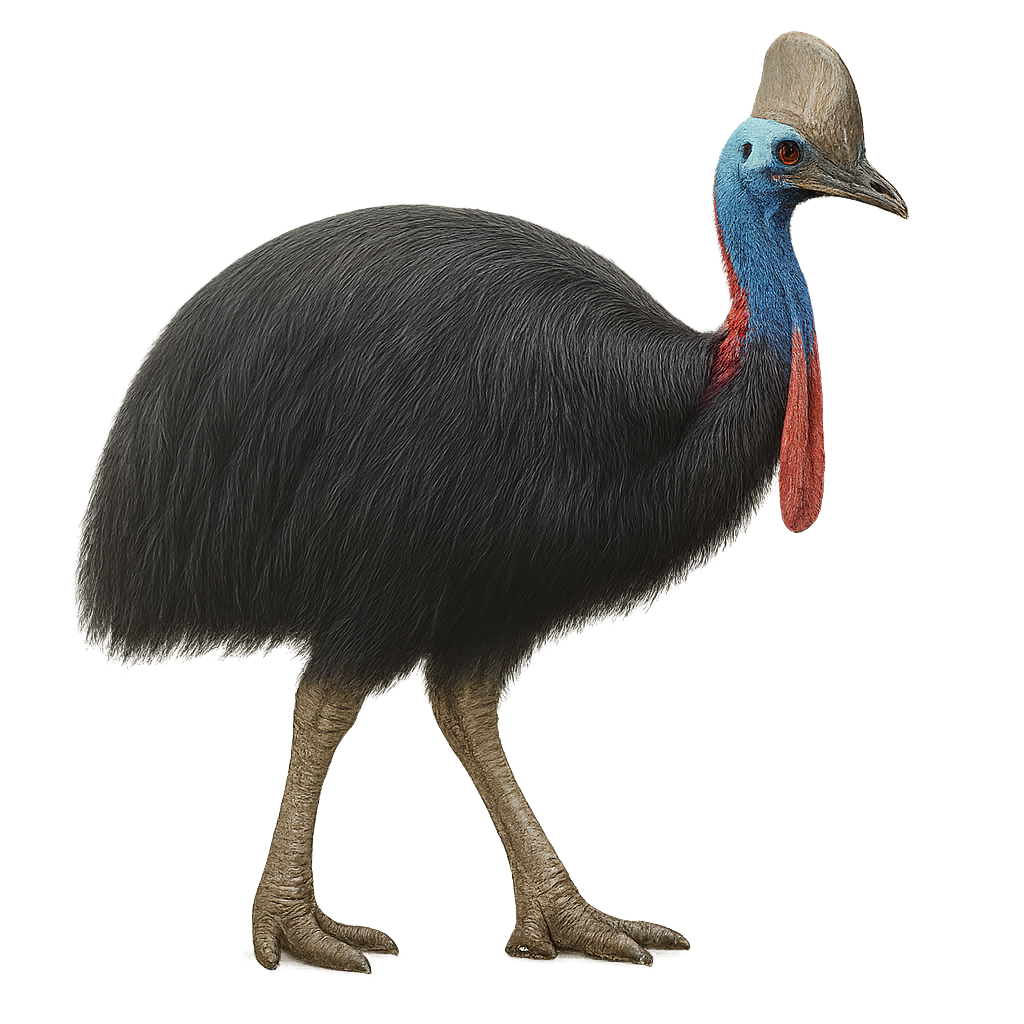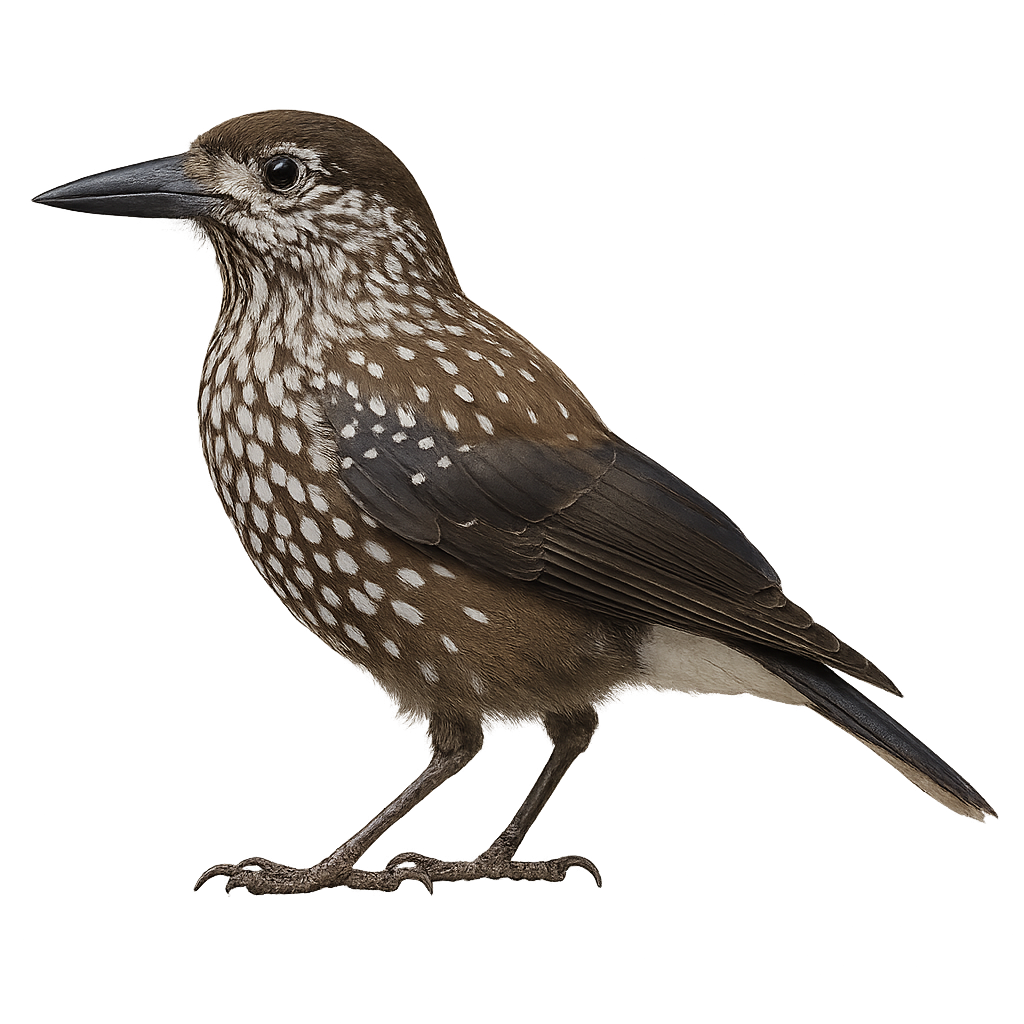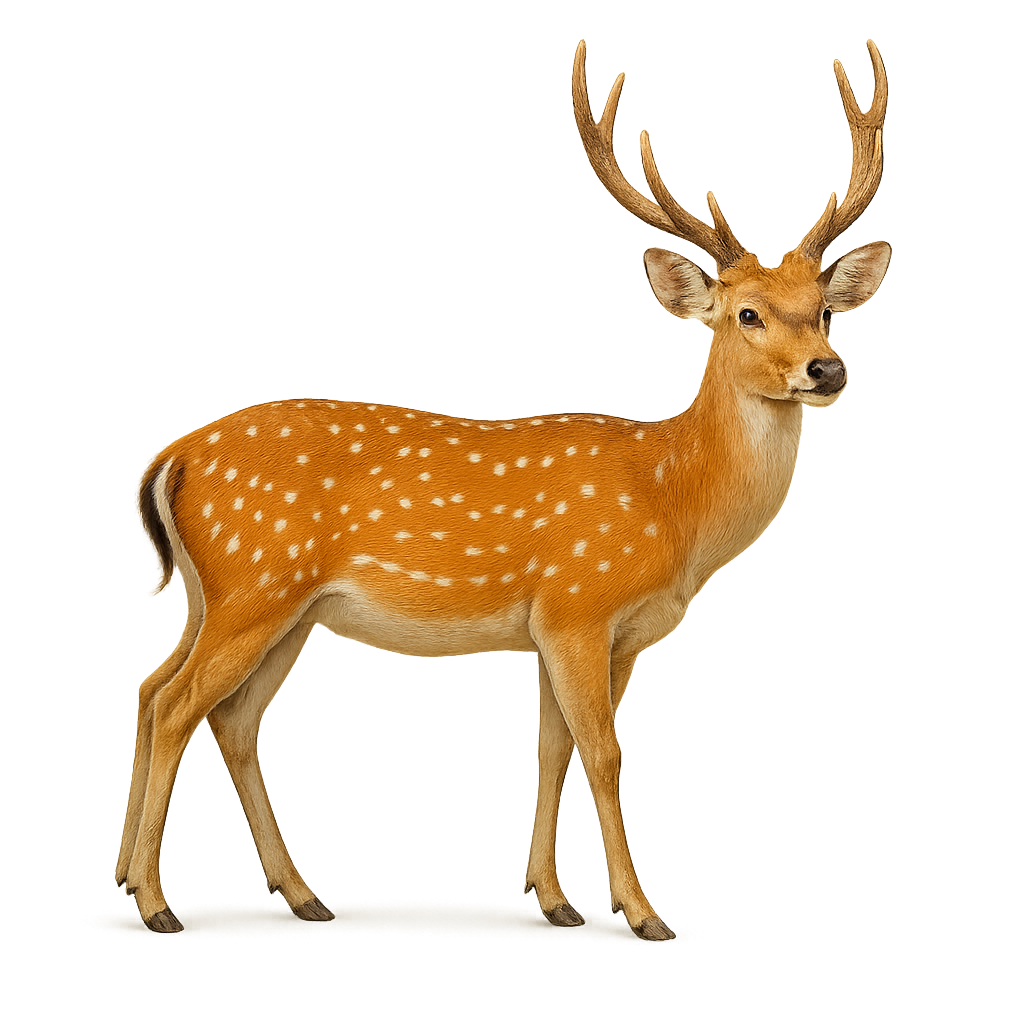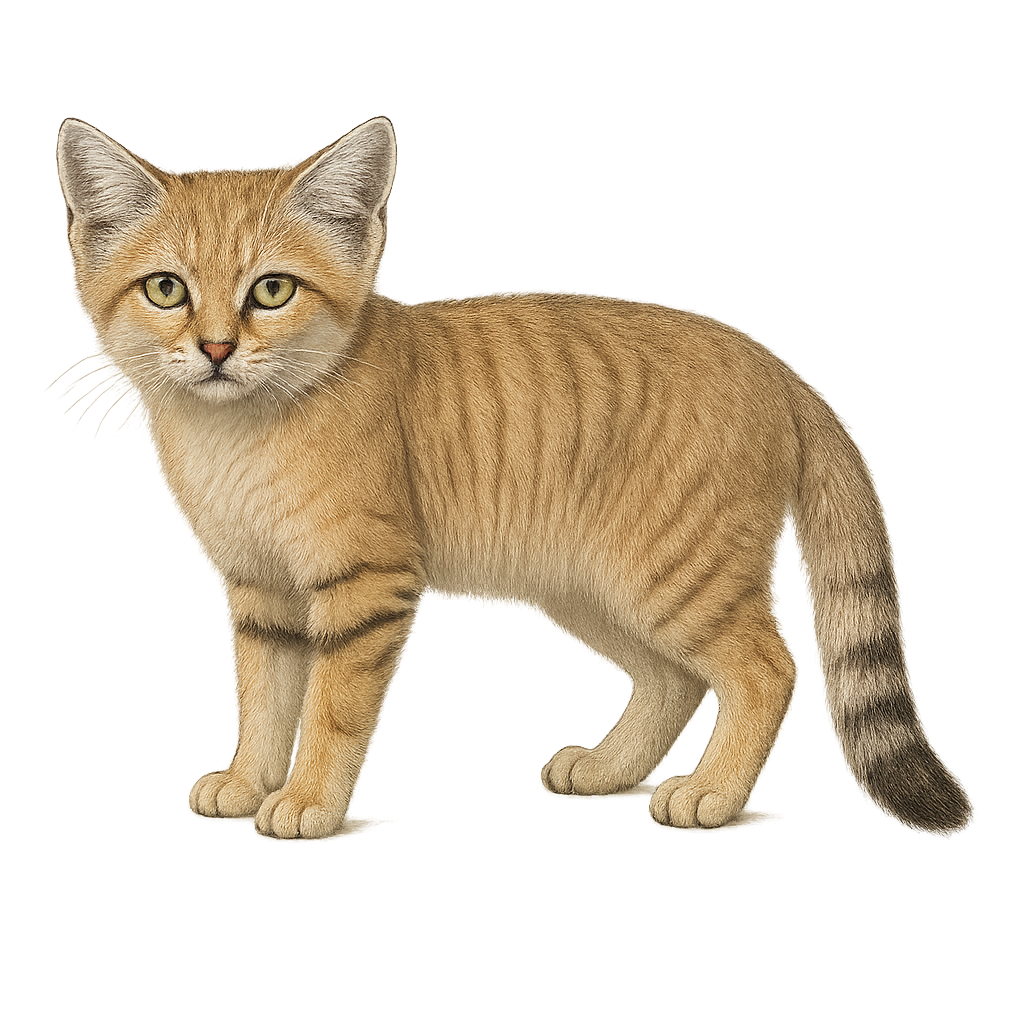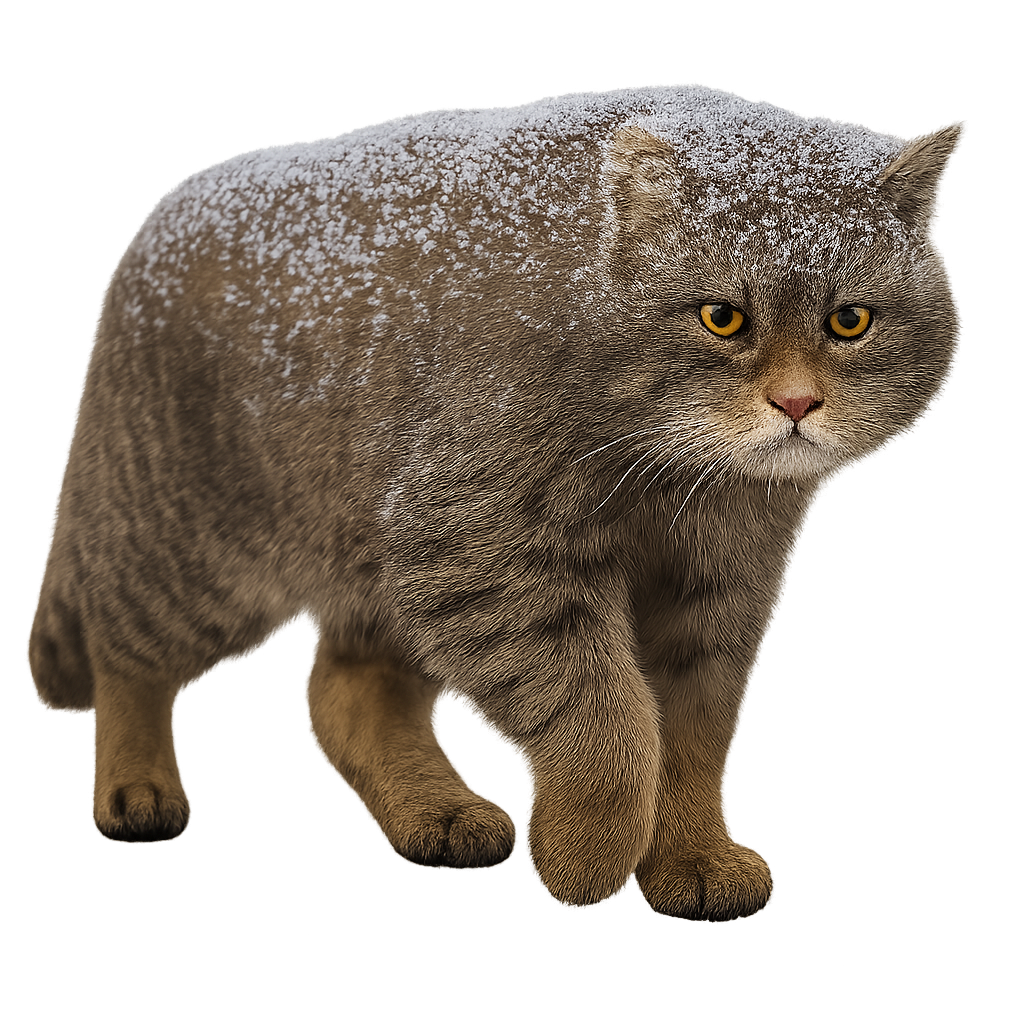The Saltmarsh Sparrow is a small passerine bird that primarily inhabits the salt marshes of the eastern United States. It is recognizable by its brown plumage streaked with black, with orange hues on the face and chest. Its tail is long and pointed, giving it its name. This sparrow is a coastal habitat specialist, feeding mainly on seeds and insects. It is often seen moving stealthily among tall grasses, searching for food. Although discreet, its melodious song can be heard in the spring. Unfortunately, its habitat is threatened by urbanization and climate change, making it a conservation concern.
The Swamp Sparrow, or Melospiza georgiana, is a small passerine bird belonging to the family Passerellidae. It is primarily found in North America, frequenting wetlands such as marshes and lake edges. This sparrow is distinguished by its reddish-brown plumage on the back and gray on the belly, with a rusty cap and dark streaks on the wings. Known for its melodious song, it is often heard in spring and summer. The Swamp Sparrow is a migratory bird, wintering in the southern United States and Mexico. It feeds mainly on seeds, insects, and small invertebrates, which it finds by foraging in the moist ground.
The Snow Bunting, or Plectrophenax nivalis, is a bird from the Calcariidae family. It is easily recognizable by its white and black plumage, which allows it to blend into snowy landscapes of the Arctic and mountainous regions. In summer, it has darker plumage on its back and wings, while its belly remains white. This migratory bird breeds in Arctic and subarctic regions and migrates south in winter, sometimes reaching the northern coasts of Europe and North America. It primarily feeds on seeds and insects, which it finds by foraging on the ground. The Snow Bunting is a sociable bird, often seen in flocks, especially outside the breeding season.
The Southern Ground Hornbill is an impressive bird, recognizable by its glossy black plumage and vivid red facial skin. It is one of the largest hornbills, measuring up to 1.2 meters in length. This bird is primarily terrestrial, moving in small family groups across the savannas and grasslands of southern Africa. It feeds mainly on insects, small reptiles, and mammals. The Southern Ground Hornbill is known for its longevity, living up to 70 years in captivity. However, it is threatened by habitat loss and the reduction of natural nesting sites.
The Xanthomixis zosterops, known as the Spectacled Tetraka, is a small bird endemic to Madagascar. It is characterized by its olive-green plumage and white-ringed eyes, which give it its name. This bird primarily inhabits the island's humid forests, where it feeds on insects and small invertebrates. It is often seen in small groups, actively moving in search of food. Although its habitat is threatened by deforestation, the Spectacled Tetraka remains relatively common in some protected areas. Its song is a soft, melodious trill, often heard at dawn.
The Swamp Harrier, or Circus approximans, is a medium-sized diurnal raptor commonly found in the wetlands of Australia and New Zealand. It is characterized by its dark brown plumage with lighter shades on the belly and wings. Adults boast an impressive wingspan of up to 1.2 meters. This opportunistic predator primarily feeds on small mammals, birds, and reptiles. It is often seen gliding over marshes and grasslands, using its keen eyesight to spot prey. Although generally solitary, it can be observed in small groups during migration. Its adaptability to various habitats makes it a resilient species, though wetland destruction may threaten some local populations.
The Sturm's Bittern, or Botaurus sturmii, is a rare and elusive bird belonging to the Ardeidae family. It is primarily found in the wetlands of Central and West Africa, where it skillfully camouflages itself among reeds and tall grasses. This medium-sized bittern has a streaked brown plumage that allows it to blend into its surroundings. It is most active at dusk and dawn, when it emits characteristic loud calls. Its population is difficult to estimate due to its secretive nature and often inaccessible habitat. Conservation of its natural habitats is crucial for its survival.
The Sulphur-crested Cockatoo, or Cacatua galerita, is a striking bird native to Australia and New Guinea. Easily identified by its vibrant yellow crest, it sports a pure white plumage. Measuring about 45 to 50 cm in length, it has a strong beak and piercing black eyes. Social and intelligent, it lives in flocks that can number in the hundreds. Its loud, harsh call is often heard in forests, savannas, and even urban areas. Opportunistic in nature, it feeds on seeds, fruits, and occasionally insects. While admired for its beauty and intelligence, it can be a pest in agricultural areas.
The Sperm Whale is the largest of the toothed cetaceans and the largest living marine predator today. It is easily recognizable by its massive head, which makes up about one-third of its total body length, and its streamlined body. This cetacean, which can reach up to 20 meters in length and weigh several dozen tons, is a deep-sea creature, primarily feeding on squid, including giant squids, which it hunts at extreme depths.
The Sperm Whale is known for its long migrations, traveling thousands of kilometers between breeding grounds in the tropics and feeding areas in colder waters. Although it was intensively hunted for its oil and blubber in past centuries, it remains a protected species. The Sperm Whale also plays a crucial role in the marine ecosystem by regulating prey populations and maintaining the balance of food chains.
The Silvery-cheeked Hornbill, Bycanistes brevis, is a striking bird known for its large size and distinctive appearance. It features silvery cheeks and a massive bill topped with a casque. This hornbill is primarily black with white feathers on its wings and tail. It inhabits the tropical forests of East Africa, from southern Ethiopia to northern South Africa. Its diet mainly consists of fruits, but it also eats insects and small animals. The Silvery-cheeked Hornbill is a social bird, often seen in small groups. It plays a crucial role in seed dispersal, aiding forest regeneration. Although its conservation status is currently "Least Concern," deforestation poses a threat to its natural habitat.
The Tockus rufirostris, or Southern Red-billed Hornbill, is a fascinating bird from the Bucerotidae family. It is easily recognizable by its bright red bill and predominantly grey and white plumage. This bird is often observed in the savannas and open woodlands of southern Africa. Known for its social behavior and distinctive calls, the Southern Red-billed Hornbill primarily feeds on insects, fruits, and occasionally small reptiles. It plays an important role in the ecosystem by aiding in seed dispersal. During the breeding season, the female seals herself inside a tree cavity with mud to lay her eggs, leaving only a small opening for the male to feed her.
The Sulawesi Hornbill, or Rhabdotorrhinus exarhatus, is a medium-sized hornbill endemic to Sulawesi Island in Indonesia. It is recognized by its black-and-white plumage, ivory bill with a red casque, and the vivid coloration of its throat: orange in males and pale blue in females. This hornbill inhabits lowland and mid-elevation rainforests and is usually seen in pairs or small groups. It feeds mainly on fruits, but also consumes insects and small animals. The Sulawesi Hornbill is impacted by habitat loss but remains locally common in some protected areas.
The Southern Hornbill, also known as the Yellow-billed Hornbill, is a large tropical bird easily recognized by its large beak and distinctive casque. It measures about 55 cm in length and weighs between 130 and 150 g. Its plumage is primarily black and white, with characteristic yellow and orange hues on the beak and casque, giving it a striking appearance. The Southern Hornbill primarily inhabits forests and savannas in Southern Africa, notably in Namibia, South Africa, and Botswana. This bird is omnivorous, feeding on fruits, insects, small reptiles, and occasionally small mammals. It is known for its social behavior, often living in small groups or families. Although the species is not currently endangered, it can be vulnerable to habitat loss due to agriculture and deforestation.
The Spangle-cheeked Tanager, or Tangara dowii, is a small bird of Central American highland rainforests, notable for its dazzling plumage of turquoise blue, vivid green, and deep black, with metallic reflections. It is mainly found in Costa Rica and western Panama, inhabiting humid mountain forests. This species feeds on fruits, nectar, and insects, often moving in active mixed flocks in the canopy. Though shy, its brilliant colors make it a favorite among birdwatchers and photographers. Its population is generally stable, though local deforestation may pose a threat.
The Calumma gastrotaenia, known as the Short-nosed Chameleon, is a chameleon species endemic to Madagascar. This reptile is notable for its modest size and vibrant coloration, often green with lighter lateral bands. It primarily inhabits the humid forests of the island's east, blending seamlessly into the dense foliage. This chameleon is a master of camouflage, using its ability to change color to protect itself from predators and communicate with peers. Its tongue, extremely long and fast, allows it to capture insects with remarkable precision. Though discreet, it plays a crucial role in the ecosystem by regulating insect populations.
The Calumma brevicorne, or short-horned chameleon, is a fascinating species of chameleon endemic to Madagascar. This reptile is distinguished by its short nasal horns and its ability to change color to blend into its environment. It primarily inhabits the island's humid forests, where it feeds on insects. This chameleon is diurnal and spends most of its time hunting and moving slowly among the branches. Its adult size generally ranges between 15 and 20 cm. Although it is relatively tolerant of human presence, it is essential to respect its natural habitat to ensure its survival. The Calumma brevicorne is currently classified as near-threatened due to deforestation and habitat loss.
The Spectacled Duck, or Speculanas specularis, is a waterfowl species native to the southern regions of South America, primarily in Chile and Argentina. This duck is characterized by its dark brown plumage with metallic green sheen on the wings and a distinctive white ring around its eyes, giving it its name. It inhabits lakes, rivers, and marshes, often at high altitudes. Although relatively tolerant, it remains cautious around humans. Its population is stable, but it is sensitive to habitat disturbances. The Spectacled Duck is an excellent diver, feeding mainly on aquatic plants and invertebrates.
The Scaly-breasted Munia, or Lonchura punctulata, is a small granivorous bird native to South and Southeast Asia. It is easily recognizable by its brown plumage with scaly patterns on the chest and belly. Measuring about 11 to 12 cm in length, this bird is often seen in flocks in fields, gardens, and grassy areas. It adapts well to human-modified environments, allowing it to thrive in both urban and rural areas. The Scaly-breasted Munia is a sociable bird, often seen feeding in groups. It primarily feeds on seeds but can also consume small insects. Its ability to adapt to various habitats and its gregarious behavior make it a fascinating bird to observe.
The Southern Caracara, also known as the Carancho, is a medium-sized raptor belonging to the Falconidae family. It is easily recognizable by its bare head and dark brown plumage with lighter shades on the neck and chest. This opportunistic scavenger primarily feeds on carcasses but does not hesitate to hunt small animals or steal food from other birds. It is mainly found in open grasslands, savannas, and agricultural areas of South America, particularly in Argentina, Brazil, and Uruguay. The Southern Caracara is a diurnal bird, often seen soaring at low altitudes in search of food. Although often solitary, it can be seen in small groups around carcasses.
The Slate-colored Grosbeak is a medium-sized bird, identifiable by its predominantly slate-gray plumage and robust, thick beak, perfect for cracking seeds. It primarily inhabits the humid tropical forests of Central and South America, where it feeds on fruits, seeds, and insects. This bird is often seen in pairs or small groups, moving through the canopy in search of food. Although its song is melodious, it is often discreet and difficult to observe due to its suspicious behavior. Its presence is an indicator of the health of tropical forests, as it relies on these habitats for survival.
The Spice Imperial Pigeon, or Ducula myristicivora, is a large pigeon species endemic to the Maluku Islands in Indonesia. It is distinguished by its elegant plumage, primarily gray with metallic green hues on the wings and back. Its robust beak is adapted to its diet, which mainly consists of fruits, especially nutmeg, from which it derives its scientific name. It plays a crucial role in seed dispersal, contributing to the regeneration of tropical forests. This pigeon prefers dense forests and wooded areas, where it can move with agility thanks to its powerful wings. Although its conservation status is concerning due to deforestation, it remains relatively common in its natural habitat.
The Sumba Imperial Pigeon, Ducula lacernulata, is a medium-sized bird endemic to the island of Sumba in Indonesia. It is recognized for its elegant plumage, predominantly grey with iridescent hues on the neck and wings. Its head is lighter, contrasting with its bright red eyes. It primarily inhabits the island's tropical rainforests and wooded areas. Although its habitat is limited, it adapts well to secondary forests. This pigeon mainly feeds on fruits, playing a crucial role in seed dispersal. Unfortunately, deforestation and hunting have reduced its populations, classifying it as vulnerable by the IUCN. Preserving its habitat is vital for its survival.
The Southern Cassowary, Casuarius casuarius, is a large and fascinating bird native to the tropical forests of New Guinea, Australia, and surrounding islands. It is distinguished by its glossy black plumage, striking blue head, and unique horned casque. This casque, which can reach 18 cm in height, is used to navigate through dense vegetation. Cassowaries are solitary and territorial birds, known for their shy behavior. They primarily feed on fallen fruits but can also consume small animals and fungi. Their ecological role is crucial as they disperse seeds of many plant species. Although capable of running at high speeds and swimming, they are threatened by habitat loss and vehicle collisions.
The Spotted Nutcracker is a medium-sized bird, easily recognizable by its spotted black and white plumage, which helps it blend perfectly into the coniferous forests where it lives. This passerine is primarily found in the mountainous regions of Europe and Asia, where it mainly feeds on pine seeds and other fruits, which it hides in tree crevices to consume later, a behavior that makes it an excellent food gatherer. The Spotted Nutcracker is also a migratory bird, although it may sometimes remain in colder areas during the winter.
This crow is known for its great intelligence and curious behavior, and it plays a crucial role in the ecosystem by dispersing tree seeds, thus promoting forest regeneration. While the population of this bird is generally stable, it may be threatened by the destruction of forest habitats, particularly in areas where coniferous forests are reduced by logging.
The Sunbittern is a medium-sized bird, about 43 cm long, known for its striking wing patterns that resemble eyespots. When threatened, it fans out its wings like a butterfly or stylized sun to startle predators. It has a long beak, slender neck, and thin legs adapted to walking along rivers and streams. Found in Central and South America, it inhabits shaded riverbanks and humid forests at moderate elevations. Solitary and elusive, it feeds on small fish, aquatic insects, and invertebrates. While not currently endangered, it is vulnerable to habitat loss and water pollution.
The Sika Deer is a medium-sized cervid, native to East Asia, that is distinguished by its spotted coat, especially visible in young individuals and females. Its coat ranges from light brown to reddish, often sprinkled with small white spots that help it blend into its forested environment. The Sika Deer has antlers that, although smaller than those of the Red Deer, are well-developed in adult males. It primarily inhabits deciduous and coniferous forests, as well as mountainous areas.
The Sika Deer is an herbivore, feeding mainly on herbaceous plants, young shoots, and leaves. It is a social animal, living in groups, especially during the breeding season. Outside of this period, Sika Deer may be more solitary or live in small family units. While its population remains stable in certain regions, the Sika Deer is sometimes considered an invasive species in other parts of the world, particularly in Europe, where it has been introduced and can compete with local species.
The Striped Jackal is a small canid found primarily in Africa, inhabiting savannas, open forests, and mountainous regions. It is distinguished by the dark stripes along its flanks, which give it a unique appearance among other jackals. Its coat is typically brown-gray, with lighter markings on the belly and underside of the legs, helping it blend into its natural environment.
The Striped Jackal is an opportunistic carnivore, feeding on small mammals, insects, fruits, and sometimes carrion. While it is primarily solitary, it can occasionally be seen in small groups while foraging for food. A skilled hunter, it uses strategies to capture its prey. Like many canids, it faces threats such as habitat loss and competition with other predators, but its population remains relatively stable.
The side-striped jackal, Canis adustus, is a medium-sized canid found primarily in sub-Saharan Africa. It is distinguished by its gray-brown coat with distinctive white stripes along its sides. This opportunistic carnivore feeds on small mammals, birds, fruits, and carrion. It is often seen alone or in pairs, although family groups may form. Adapted to various habitats, it inhabits savannas, open forests, and agricultural areas. Although generally discreet, it may approach inhabited areas in search of food.
The Felis margarita, commonly known as the sand cat, is a fascinating feline that inhabits the desert regions of North Africa and the Middle East. This small cat is perfectly adapted to its arid environment, with wide, furry paws that allow it to walk on hot sand with ease. Its sand-colored coat provides excellent camouflage in its natural habitat. The sand cat is a nocturnal hunter, feeding mainly on small rodents, birds, and insects. It is known for its ability to survive with very little water, obtaining necessary moisture from its prey. Although discreet and difficult to observe, it plays a crucial role in the desert ecosystem by regulating small animal populations.
The Scottish Wildcat is a rare and endemic subspecies of the European Wildcat, primarily found in the mountains and forests of Scotland. It is recognizable by its dense, thick coat, which ranges from gray-brown to brown with characteristic dark markings on the head, legs, and tail. Smaller and stockier than the domestic cat, the Scottish Wildcat has slightly rounded ears and a sharp gaze, allowing it to blend perfectly into its wooded and hilly environment.
This cat is a discreet and solitary hunter, primarily active at night, feeding on small mammals, birds, and occasionally insects. It is also an excellent climber and can often be seen in trees or rocky areas. The Scottish Wildcat is considered an endangered species due to habitat loss, hybridization with domestic cats, and poaching. Conservation programs are in place to protect this unique subspecies and preserve its habitats.


